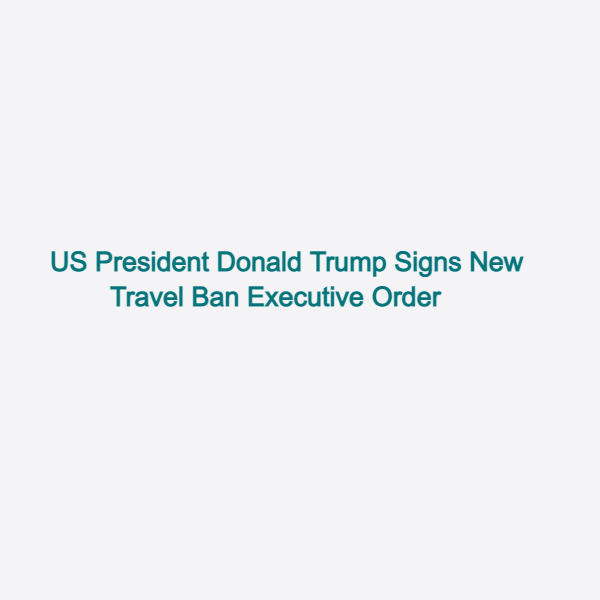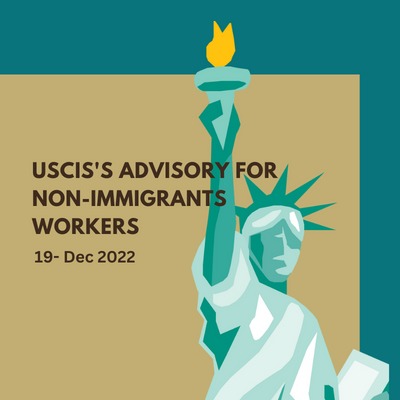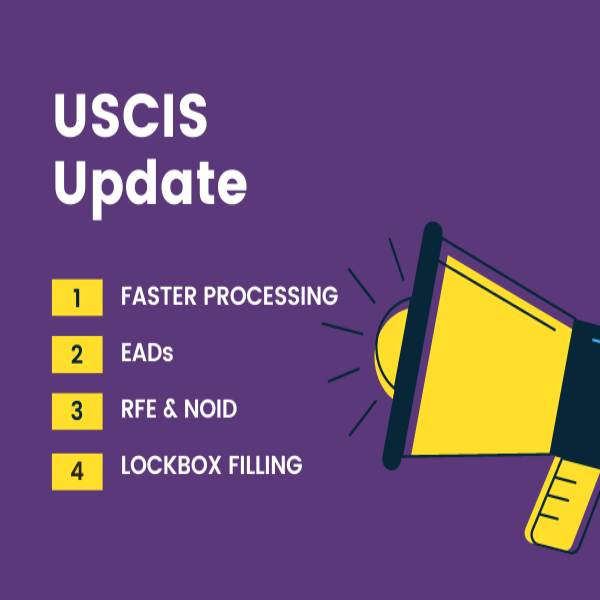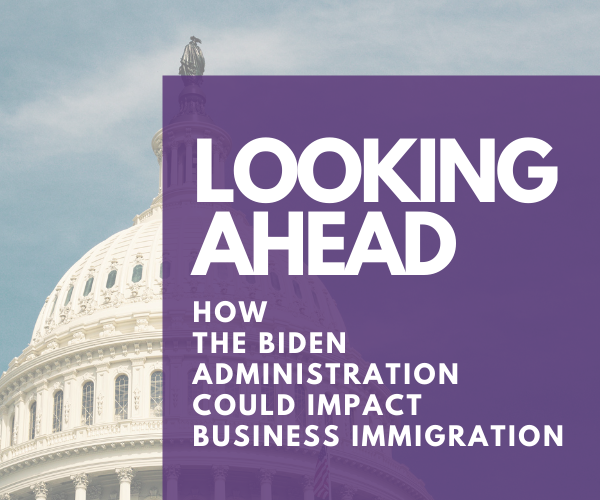In response to the suspension of the executive order signed in January, the president signed a new travel ban on Monday, March 6, 2017 with the same title as the old executive order – “Protecting the Nation from Foreign Terrorist Entry into the United States.” This new executive order will take effect on Thursday, March 16, 2017.
This new executive order has some key differences as compared to the executive order signed in January. For example, the new travel ban excludes Iraq from the countries barred from traveling to the United States for 90 days. The six nations banned are Libya, Iran, Somalia, Sudan, Syria, and Yemen. This new executive order is clearer on whether legal permanent residents i.e. green card holdersare affect by the executive order; the order does not stop legal permanent residents who are citizens of the 6 barred countries from re-entering the United States (although the new executive order still bars certain categories of persons ). Also, any person with a visa as of January 27 (when the previous executive order was signed) and earlier will be granted entry into the U.S. Additionally, the new executive order annuls the previous executive order of the same title.
The new order, however, still suspends the resettlements of refugees in the U.S. for 120 days, and significantly decreased the number of refugees the USRAP (US Refugee Assistance Program) can resettle in the fiscal year of 2017 from 110,000 to 50,000. According tothe American Immigration Lawyers Association(AILA), not only does the new executive order fail to make the nation safe, it will cause thousands of refugees who have already been vetted to be stuck in dangerous conditions.
According to the secretary of state, Rex Tillerson, the new executive order will strengthen the national security of both the United States and her allies.
According to the Department of Homeland Security, a country-by-country review will be done on each of the six prohibited countries’ “identity and security information” provided to the United States for visa programs. Also, the order will allow the United States to add any country that needs more restraints.
President Trump has maintained that restrictions are essential if the United States is to stop attacks on United States soil. As such, the president had slated judges who earlier this year had suspended the old travel ban. The new executive order is, therefore, designed to withstand legal scrutiny for which the old order failed. As according to the new order, the old version “was not motivated by animus toward any religion” which the old version was accused of. As such, provisions that prioritized persons from religious minority groups who are facing religious prosecution are absent from the new executive order. The AILA, however, disbelieves this new version will withstand legal scrutiny as the new executive order’s prohibited countries are all Muslim-majority countries just like the old version’s was, and the new version fails to offer sufficient evidence that the nationals of the prohibited countries pose any threat to U.S. security.
What the New Travel Ban Does
- The new executive order will temporarily suspend the U.S. Refugee Admissions Program (USRAP) for 120 days.
- The new executive order will temporarily bar entry into the United States of America for citizens of Yemen, Libya, Somalia, Iran, Syria, and Sudan for a minimum of 90 days. Categorical exceptions will be made for legal permanent residents among others (refer to Persons whom the new version of the executive order do not affect once in effect section of this article).
- The new executive order will require nonimmigrant visa applicants to undergo in-person interviews unless the interview is not obligatory by statute or is excluded by the new executive order.
- The new executive order will require the Secretary of State with the aid of the Attorney General, Department of Homeland Security secretary, and Director of National Intelligence to provide a Uniform Screening and Vetting Standards.
- The new executive order calls for the immediate application of a Biometric-Entry Exit.
Persons whom the new version of the Executive Order Do Not Affect Once In Effect:
- Legal permanent residents i.e. holders of green cards,
- Persons paroled or admitted into the U.S.March 16, 2017 onwards,
- Persons holding admission or travel documents (apart from a visa) to the U.S. on or after March 16, 2017,
- Persons with dual nationality of any of the prohibited countries, and travels on a passport supplied by a country that is not suspended by the executive order,
- All persons entering the United States on C-2 visa for travel to the United Nations, or diplomatic of diplomatic-type visa, or the North Atlantic Treaty Organization visa, or G-1, G-2, G-3 or G-4 visa,
- Persons who have been granted asylum.
- Refugees, who have been granted entry into the United States, or
- Any person granted asylum under the Convention Against Torture, advance parole, or withholding of removal.
Persons Whom the Order Will Apply To Once In Effect
- Persons of the six designated countries who are outside of the U.S. on or after March, 16, 2017,
- Persons of the six prohibited countries who did not have a visa as of January 27, 2017, and
- Persons of the six prohibited countries who did not have a visa as of March 16, 2017.
Foreign Nationals of the Prohibited Countries Who May Qualify For Waiver:
The Commissioner of US Customs and Border Protection,or a consular officer or the Commissioner’s delegate can choose, on an individual and independent basis, to provide a visa to, or authorize the entry of, a national of one of the barred countries if:
- The person demonstrates satisfyingly to the consular officer (or to whom appropriate) that repudiating entry into the United States will cause unnecessary hardship.
- The person demonstrates that admission into the United States will not be a threat to security, AND.
- The entry will be in the nation’s interest.






